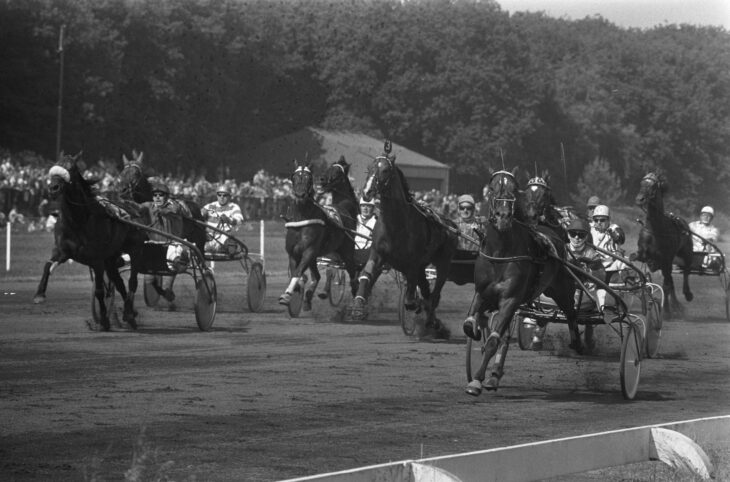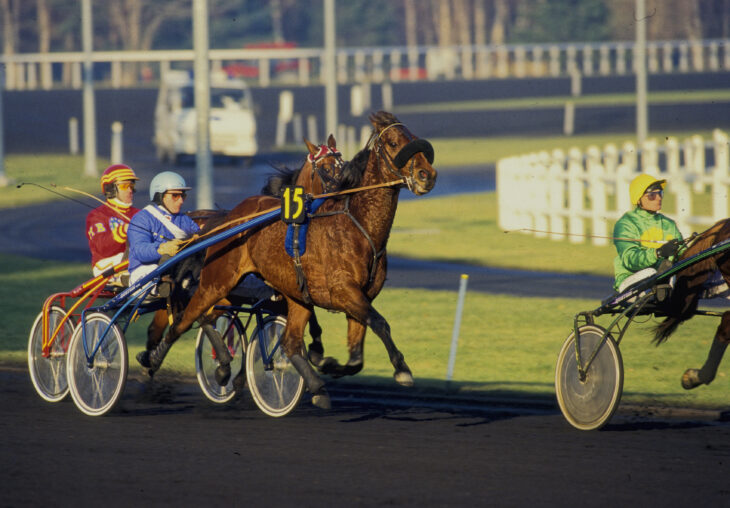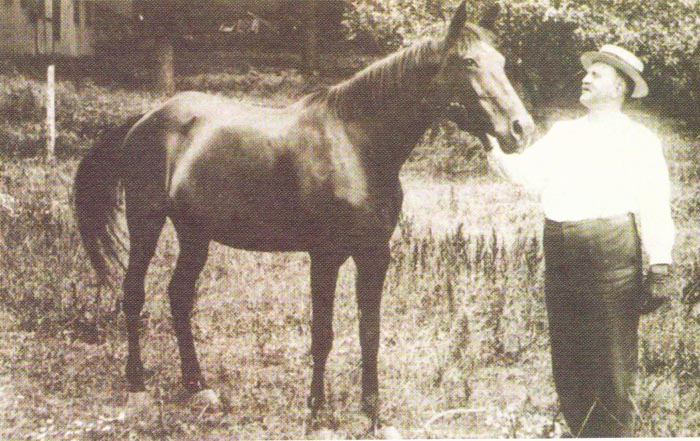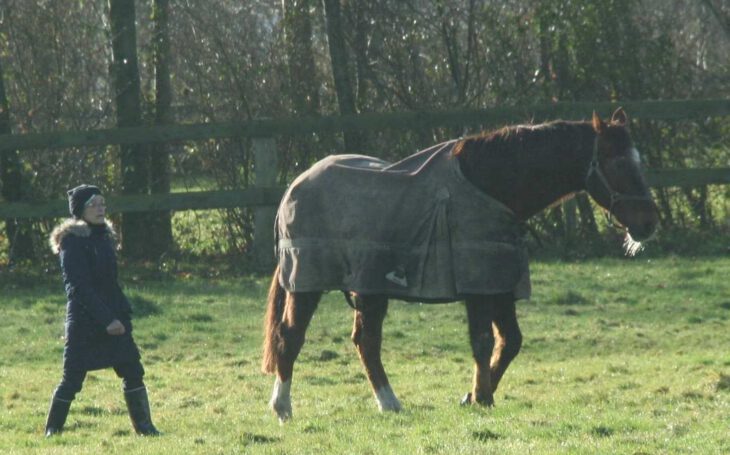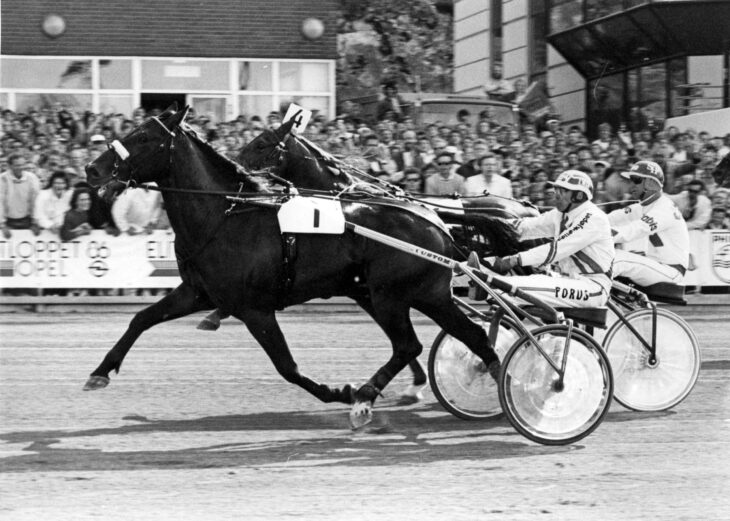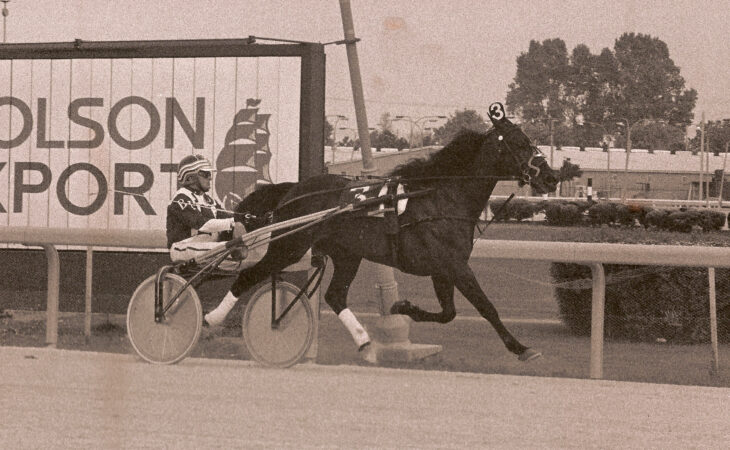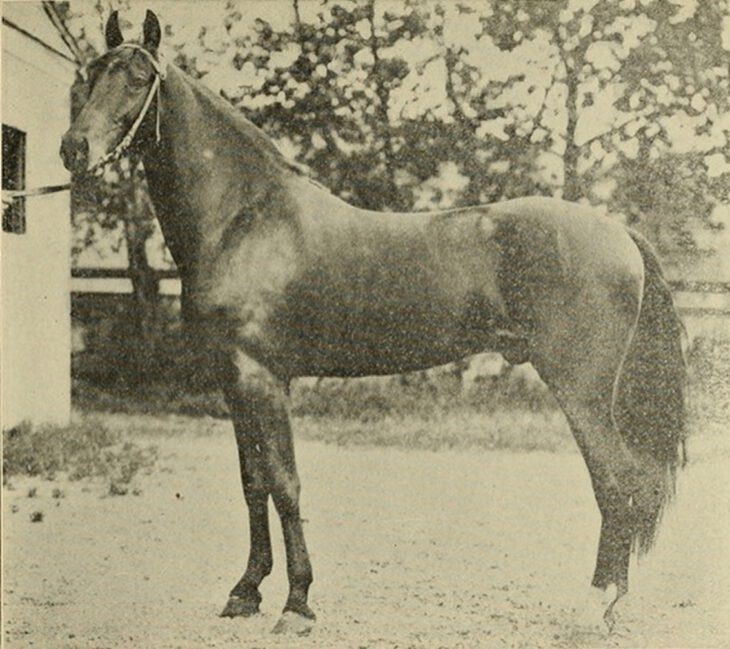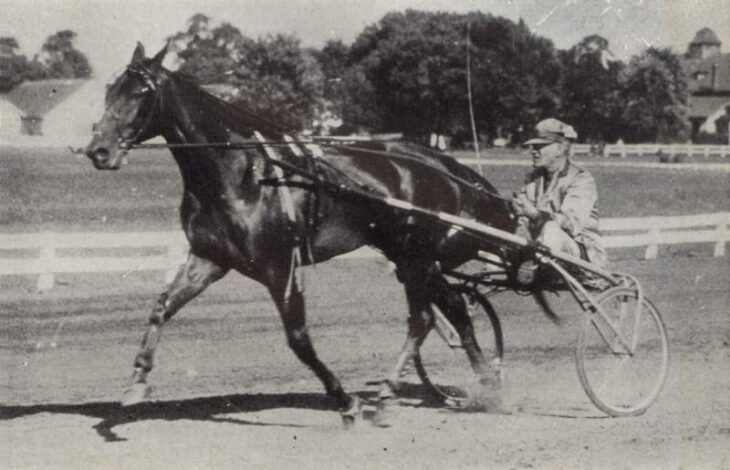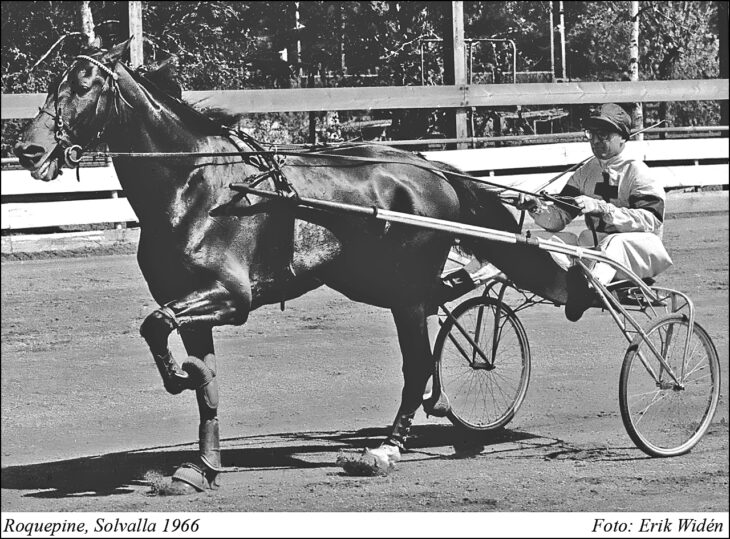In Sweden one horse is, above all, responsible for the growth of harness racing. According to famed trainer Stig-H Johansson, trotting in Sweden has Ego Boy to thank for its popularity. The horse was an unlikely superstar that came from nowhere to become one of the world’s top aged trotters before his unexplainable death while still at the top.
Read MoreWhen the French studbook was briefly opened between 1987 and 1992, conservative French breeders generally nixed the opportunity to breed their mares to foreign sires. Some even went as far as claiming they “didn’t want to plant weed in their garden”, saying in no unclear terms that the American standardbred had absolutely nothing to offer the French trotter whose studbook had been closed since 1937 and only opened for five foreign-born stallions and a few other exceptions. Despite what the naysayers claimed, though, opening up the studbook took French trotting to a completely new level – and the best example of this is Coktail Jet.
Read MoreShe had a questionable pedigree, was difficult to handle, didn’t trot well and didn’t even start a single race. However suspect and hopeless the mare and her background appeared, Santos produced two of the best horses of her day and was a remarkable broodmare.
Read MoreHe was the undisputed French emperor for several years, and only illness prevented him from winning an unprecedented five Prix d’Amerique-wins in a row. As tough off as on the track, Ourasi was a handful for those around him. He was actually more than a handful for his competitors, who simply couldn’t resist the complete package of strength, speed and an insane will to win. In one race the other competitors even colluded to prevent the chestnut superstar from winning, but Ourasi won anyway.
Read MoreThroughout history there have been a few select horses that have singlehandedly increased the interest in harness racing and drawn people to the tracks like never before. One of the most important such horses is Rex Rodney, the Norwegian rags-to-riches story who started his career without a victory at 3 but ended up winning one of the world’s biggest races. A horse with no apparent pedigree to talk of and who did not even break the 2:00 (1.14,6) barrier until he was 6 years old, he eventually became a household name all over Norway and Scandinavia.
Read MoreHe had been a really good trotter in Europe and moved with his trainer to the US. At first some questioned if an 8-year-old European trotter they barely had heard of could compete with the best North Americans. But, as the trotting world quickly realized, the question was rather how the best North Americans could compete with the European speed demon. As it turned out, when Sebastian K was at his best, they simply didn’t stand a chance.
Read MoreAsk somebody to name a horse with 30 straight wins and they will probably be able to do so: pacing fans will probably answer Bret Hanover, French and European trotting fans will probably answer Tenor de Baune while Coldblood enthusiasts will undoubtedly bring up Järvsöfaks. Most likely only Canadian trotting fans bring up A Worthy Lad, whose exploits unfortunately have already started to be forgotten.
Read MoreJ Malcolm Forbes was one of the biggest owners and breeders of standardbreds from 1890 until his death in 1904. Forbes shelled out massive amounts for several horses including Nancy Hanks and Arion. The millionaire believed the best of all the horses he owned, though, was a lesser known horse called Vice Commodore. A horse who left a lasting legacy through two daughters, but whose death wasn’t even noticed when it happened.
Read MoreVolomite is generally considered one of the best stallions in trotting history. It’s important to remember, though, that Volomite was only the second best in his crop on the track. However, while Volomite proved his worth at stud in safe surroundings in the US, quite the opposite was the case with his superior, Walter Dear, who eventually was trapped in a war-torn Germany.. This is the story of the only Hambletonian winner in history whose fate is unknown.
Read MoreShe was the undisputed queen, not only of France but the whole world trotting. In fact, she was so superior that she was excluded from the betting in her 1967 Elitlopp elimination! Roquepine won races all over the world, at every track, distance and position. To top it off, she then gave birth to possibly the most influential stallion in French trotting history, Florestan.
Read More
